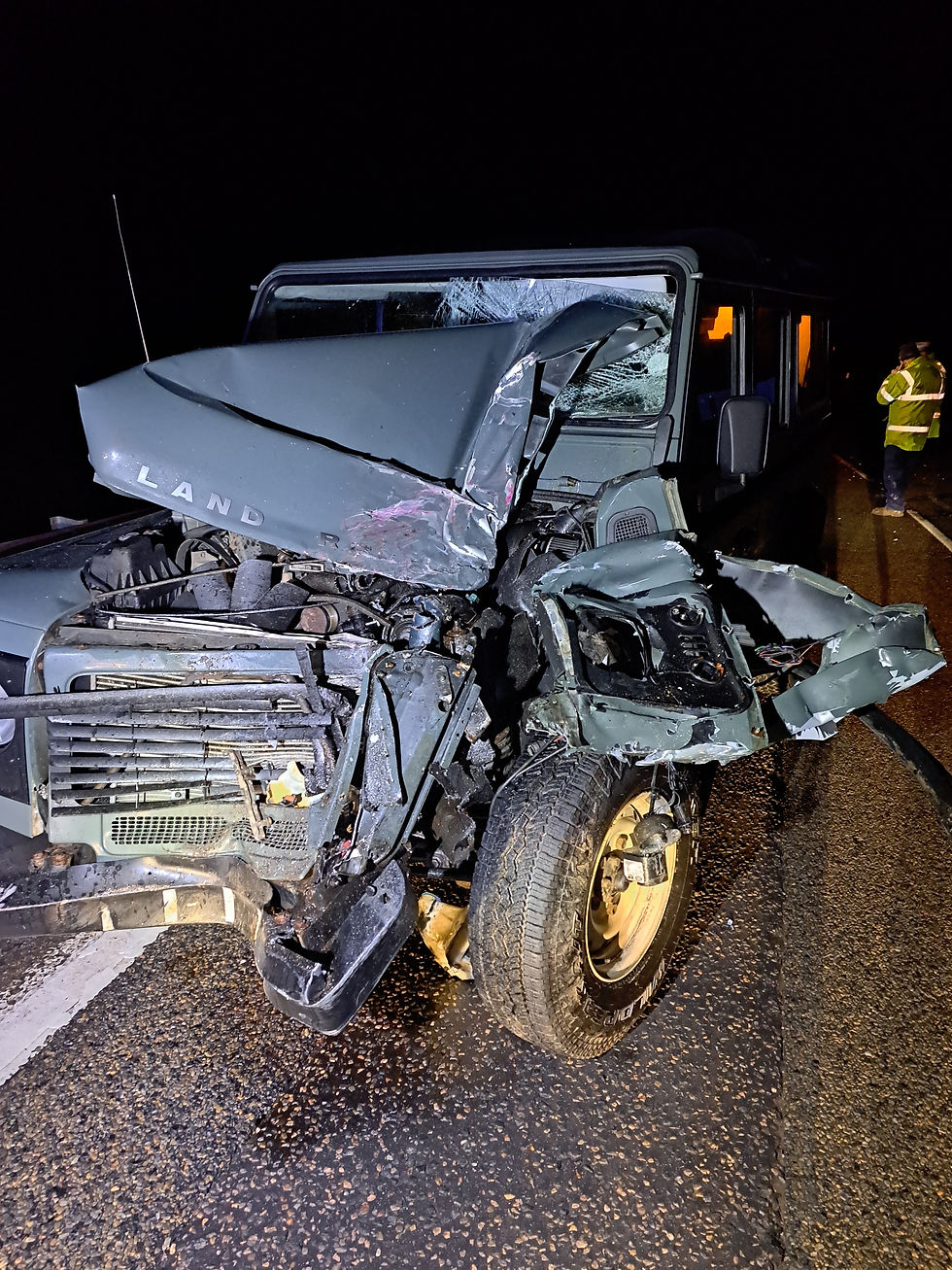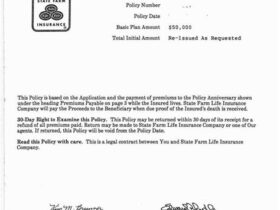Collision damage insurance is an essential component of responsible vehicle ownership in the United Kingdom. It provides a financial safety net, helping to cover the costs of repairing your car if it’s damaged in an accident, regardless of who was at fault. This article aims to provide UK drivers with actionable insights and practical tips on collision damage insurance, enabling them to make informed decisions and secure the best possible protection.
Understanding Collision Damage Insurance
Before delving into the practical advice, it’s essential to understand what collision damage insurance covers. In the UK, this type of insurance typically covers damages resulting from:
Collisions with other vehicles: Whether you’re rear-ended in traffic or involved in a multi-car accident, collision insurance covers the damage to your vehicle.
Collisions with stationary objects: Hitting a tree, lamppost, curb, or other static object falls under collision coverage.

Single-vehicle accidents: Even if no other vehicle is involved, like if you swerve to avoid an animal and crash, collision insurance can help.
It’s equally important to understand what it typically doesn’t cover. Collision insurance generally excludes theft, vandalism, damage from natural disasters like floods or storms, and injuries. For these, you’d need other types of coverage, such as comprehensive insurance (which often combines collision and other protections). Precisely knowing the limits of your policy is vital for making informed insurance decisions.
1. Compare Different Policies Rigorously

Not all collision damage insurance policies are created equal. It’s crucial to compare offerings from various insurance companies. Comparison websites like Compare the Market and MoneySuperMarket allow you to view quotes side-by-side, making your decision easier. Don’t fixate on just the premium (the price you pay); pay close attention to these crucial elements:
- The level of coverage provided: What specific incidents are covered, and what are the financial limits on those coverages?
- The excess amount
- Any included benefits or add-ons: Does the policy include roadside assistance, a courtesy car while yours is being repaired, or legal assistance?
A policy that seems cheaper at first glance might have a significantly higher excess, meaning you’ll pay more out of pocket if you have an accident. Read the fine print carefully!
2. Know Your Excess Inside and Out
The excess is the amount you’re responsible for paying towards a claim before your insurance coverage kicks in. In the UK insurance market, excess amounts can vary considerably between different policies. There are typically two distinct types of excess:
- Standard Excess: This is the amount set by the insurer. It applies to all claims made under the policy and is non-negotiable.
- Voluntary Excess: This is an additional amount that you choose to add to the standard excess. By agreeing to pay a higher voluntary excess, you usually receive a discount on your insurance premium.
It’s essential to understand how much excess you will be liable for in the event of a claim. While opting for a higher voluntary excess can lower your premium, make sure you can comfortably afford that amount if you ever need to make a claim.
3. Seriously Consider No-Claims Discount Protection
Some UK drivers choose to purchase no-claims discount (NCD) protection. This is an add-on to your policy that protects your accumulated NCD, even if you make a claim. Without NCD protection, making a claim usually results in a reduction or complete loss of your NCD, which significantly increases your premium at renewal.
For example, without NCD protection, getting into one at-fault accident will typically reduce your no-claims discount, potentially causing your premium to increase substantially.
Deciding whether to buy NCD protection requires careful consideration of the length of accident-free driving history. If you’re statistically likely to have an accident, that’s another reason for having it. In addition, think about your financial situation: could you readily absorb a premium hike at renewal if you lost your NCD?
4. Meticulously Document Your Vehicle’s Condition
Maintaining a thorough record of your car’s condition is invaluable when making an insurance claim. Regularly take high-quality photos and videos of your car, both inside and out, capturing any existing scratches, dents, or other imperfections. Keep all service records meticulously organized, including receipts for maintenance and repairs.
For instance, if you’re involved in an accident, being able to provide the insurance company with evidence that your car was well-maintained before the incident can strengthen your claim and ensure you receive a fair settlement.
5. Select the level of Coverage that meets your needs

In the UK, you have three main car insurance coverage options: Third Party Only, Third Party Fire and Theft, and Comprehensive insurance. For drivers wanting collision damage coverage, comprehensive insurance is normally the best option because it pays for damage to your car as well as third-party claims. However, you should consider whether comprehensive coverage is worth the expense if your car is older and has little market value. Weighing the options requires a careful assessment of your individual needs and circumstances.
6. Actively Seek Out Discounts
Many insurance companies offer a variety of discounts that can help lower your premium. Some common discounts include:
- No-claims bonus: A significant discount awarded for each year you drive without making a claim.
- Multi-car discount: Offered when you insure multiple vehicles with the same company.
- Bundling discount: Received when you combine your car insurance with other policies, such as home insurance.
- Telematics discount: Based on your driving habits, as monitored by a telematics device installed in your car.
- Low-mileage discount: For drivers who travel fewer miles per year than average.
Always ask your insurer about available discounts when obtaining a quote. Don’t be afraid to negotiate and shop around for the best possible price.
7. Familiarize Yourself with the Claims Process
Familiarizing yourself with the claims process can significantly reduce stress after an accident. Most insurers have streamlined processes, but specific procedures can vary. Common steps are:
- Contacting your insurer immediately to report the accident.
- Providing all details, supporting documents (photos, witness statements).
- Submitting a formal claim with the insurance company.
The quicker you inform your insurer about an accident, the sooner the claim can be processed. Most insurers operate 24-hour claims lines for your convenience.
8. Understand Car Valuations for Insurance Purposes
After an accident, your insurer will determine the value of your car to assess the payout. Understanding valuation methods can help ensure a fair payout. Factors include age, mileage, make, model, and condition. If you disagree with your insurer’s valuation, negotiate, and get valuations from independent sources. Insurers typically use industry-standard valuation guides to determine the fair market value of your car.
9. Cultivate Safe Driving Habits
The best way to minimize insurance costs is to avoid accidents. Safe driving habits protect your life and can lead to lower premiums. Consider taking an advanced driving course or joining groups like the Institute of Advanced Motorists (IAM) to improve your skills and reduce your costs. Also, practice defensive driving techniques – anticipating potential hazards, maintaining safe following distances, checking blind spots before changing lanes, and always signaling your intentions.
10. Routinely Review Your Policy
Your insurance needs can change over time, so review your policy regularly. As your car ages, adjusting your coverage might be wise. For instance, if your car’s value drops, switching from comprehensive to third-party might save you money. Regularly assessing your current coverage is a proactive step in managing your personal finances.





Leave a Reply